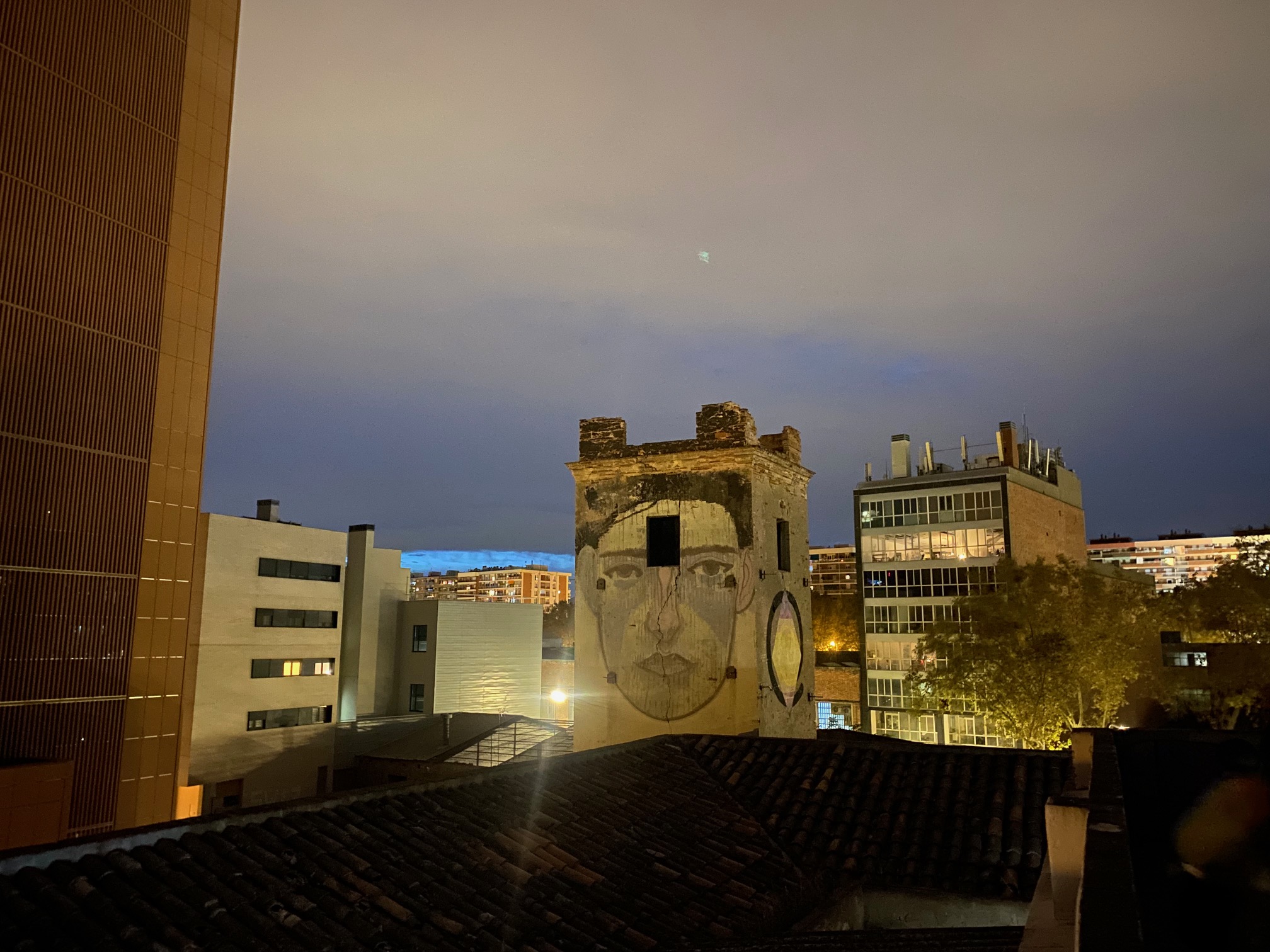¶
Community Engagement¶
We need to evolve (transcend and include) new ways of designing for being able tackle (dance) with the kind of challenges reality is forcing upon.
How can we position ourselves as designers and design in the midst of such complex problems?
Mapping¶

In order to approach complex problems with a holistic perspective and to position ourselves effectively in the midst of these issues, it is important to consider all stakeholders and influences that affect the problem in focus. One effective tool for this is mapping, which allows us to visually organize and understand the different components and relationships within a problem. By mapping out the various influences, stimulus and factors involved, we can gain a better understanding of the problem and identify potential areas for intervention.
Mapping also becomes a valuable tool for collective sense-making, as it allows for open and inclusive participation from all stakeholders. By inviting diverse perspectives and voices to contribute to the map, we can create a more comprehensive understanding of the problem and potential solutions. Mapping can also help to identify patterns, trends and opportunities that can inform the design process, this would be a great way to explore the possible solutions and to come up with new ideas and concepts. I enjoyed exploring this tool during the class and have already implemented into my work and studies.
Creative Community Engagement¶

Creative Community: A diverse group of individuals that includes chefs, food bloggers, farmers, nutritionists and health advocates in Poble Nou district, in Barecelona. They are united by their passion for food and their desire to promote health through nutrition, reflection and education.
Context: The community is located in the Poble Nou district, in Barecelona. An emerging neighborhood that is currently experiencing rapid movement and asynchronous evolution. Barcelona is rich in culinary heritage and enjoys a vibrant food scene. However, like many urban areas, unhealthy food options are easily accessible and heavily marketed, leading to high rates diet-related illnesses. The community aims to address these issues by promoting healthy, sustainable food options and educating the public on the importance of nutrition.
Current Situation: Among the many problems being faced by the community at the moment, the largest problem in hand is that of harmful convenience. Fast food and processed food are readily available and often cheaper than healthier options, making it difficult for individuals to make healthy choices. Additionally, the COVID-19 pandemic has had a major impact on the food industry, leading to closures and job losses, making it harder for people to access healthy food choices.
Engagement & Limits: The community thrives on collectivism and shared values, with regular events and meetings to share ideas and collaborate on projects. They also engage with the public through social media and public events, such as community gardens mornings, farmers’ markets and cooking classes. However, the community is limited by financial constraints and a lack of resources, which can make it difficult to implement some of their more ambitious ideas and reach a wider population.
Theory of Change: The community’s theory of change is to use their collective creativity and passion for food to promote healthy food choices and lifestyles. They aim to achieve this by providing education on the importance of nutrition, organizing events to promote healthy food options, and collaborating with other organizations to create sustainable food systems that make healthy choices more accessible and affordable.
Design challenges: The need to create more sustainable food systems and the need to promote healthy food choices in an environment that heavily markets unhealthy options.
Opportunities: Innovation and creativity, such as developing new recipes, creating new food-based businesses that promote healthy options, and experimenting with new technologies to improve food production in a sustainable way.